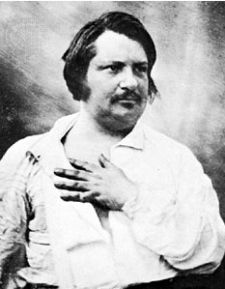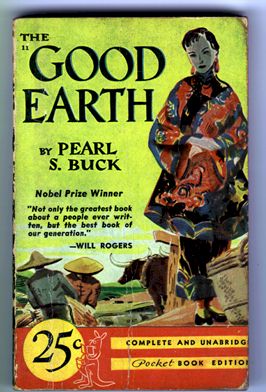|
"Here we left it," she said. And he added, "Oh, but here tool" "It's upstairs," she murmured. "And in the garden," he whispered. "Quietly," they said, "or we shall wake them." But it wasn't that you woke us. Oh, no. "They're looking for it; they're drawing the curtain," one might say, and so read on a page or two. "Now they've found it,' one would be certain, stopping the pencil on the margin. And then, tired of reading, one might rise and see for oneself, the house all empty, the doors standing open, only the wood pigeons bubbling with content and the hum of the threshing machine sounding from the farm. "What did I come in here for? What did I want to find?" My hands were empty. "Perhaps its upstairs then?" The apples were in the loft. And so down again, the garden still as ever, only the book had slipped into the grass.
By: Honore de Balzac In the year 1308 few houses were yet standing on the Island formed by the alluvium and sand deposited by the Seine above the Cite, behind the Church of Notre-Dame. The first man who was so bold as to build on this strand, then liable to frequent floods, was a constable of the watch of the City of Paris, who had been able to do some service to their Reverences the Chapter of the Cathedral; and in return the Bishop leased him twenty-five perches of land, with exemptions from all feudal dues or taxes on the buildings he might erect. The Good Earth Pearl S. Buck I think this is a remarkable book too
amazon
This 1932 Pulitzer Prize winning novel is still a standout today. Deceptive in its simplicity, it is a story built around a flawed human being and a teetering socio-economic system, as well as one that is layered with profound themes. The cadence of the author's writing is also of note, as it rhythmically lends itself to the telling of the story, giving it a very distinct voice. No doubt the author's writing style was influenced by her own immersion in Chinese culture, as she grew up and lived in China, the daughter of missionaries. This is the story of the cyclical nature of life, of the passions and desires that motivate a human being, of good and evil, and of the desire to survive and thrive against great odds. It begins with the story of an illiterate, poor, peasant farmer, Wang Lung, who ventures from the rural countryside and goes to town to the great house of Hwang to obtain a bride from those among the rank of slave. There, he is given the slave O-lan as his bride. Selfless, hardworking, and a bearer of sons, the plain-faced O-lan supports Wang Lung's veneration of the land and his desire to acquire more land. She stays with him through thick and thin, through famine and very lean times, working alongside him on the land, making great sacrifices, and raising his children. As a family, they weather the tumultuousness of pre-revolutionary China in the 1920s, only to find themselves the recipient of riches beyond their dreams. At the first opportunity, they buy land from the great house of Hwang, whose expenses appear to be exceeding their income. With the passing of time, Wang Lung buys more and more land from the house of Hwang, until he owns it all, as his veneration of the land is always paramount. With O-lan at this side, his family continues to prosper. His life becomes more complicated, however, the richer he gets. Wang Lung then commits a life-changing act that pierces O-lan's heart in the most profoundly heartbreaking way. As the years pass, his sons become educated and literate, and the family continues to prosper. With the great house of Hwang on the skids, an opportunity to buy their house, the very same house from where he had fetched O-lan many years ago, becomes available. Pressed upon to buy that house by his sons, who do not share Wang Lung's veneration for the land and rural life, he buys the house. The country mice now have become city mice.
|

